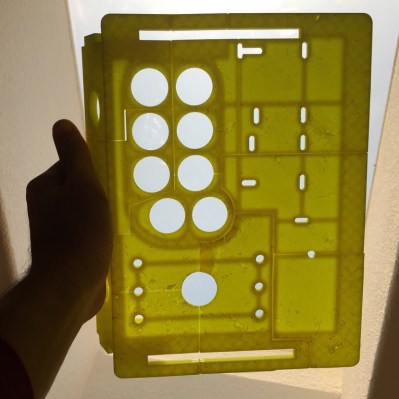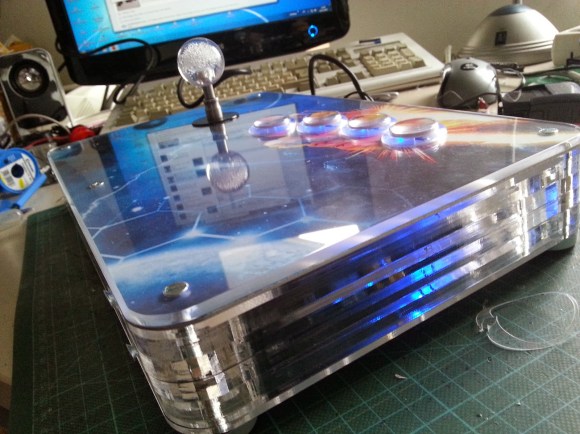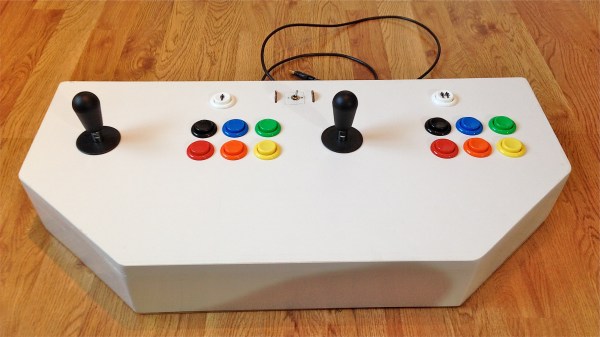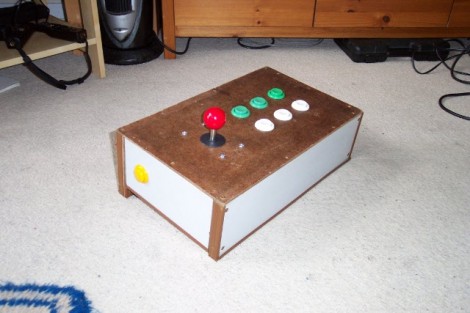There’s a thing that happens when you’re shopping at a second hand store. You know how it goes: You see an item that strikes your fancy, your mind immediately locks in, and the item just has to be yours. [Tom Tilley] experienced this when he saw a Paw Patrol kids toy at a local thrift store, and you can see the results of his holiday hacking sessions in the video below the break.
How did [Tom] put the Paw Patrol game to use? Looking like a motorcycle cockpit left him with few choices. Before long he’d flipped the game over over, pulled the innards, and hacked together what just might be the most perfect toy based interface we’ve seen lately.
Using a Raspberry Pi Pico controller and some careful surgery, [Tom] turned the Paw Patrol game into a controller for the 1987 Sega motorcycle race arcade game Super Hang-On. Watching [Tom] play is a blast, but just in case the whole thing is a losing prospect, it’s completely reversible as well!
Of course we were a little disappointed that Super Hang-On couldn’t make use of the paws button.
On the other end of the spectrum, here’s an actual car turned into a game controller. Got a hot controller hack to share? Be sure to let the Tip Line know!
Continue reading “Playing Super Hang-On With Hacked Controller Gives Reason For Paws”




 [Florian] already had experience building these using laser cut acrylic and MDF. This is his first foray into a 3D printing build method for the controller body. The top is too large to easily produce as a single piece on inexpensive printers. He broke it up into sections; eleven in total. When the printing is complete he chemically welds them together using a slurry of acetone and leftover ABS.
[Florian] already had experience building these using laser cut acrylic and MDF. This is his first foray into a 3D printing build method for the controller body. The top is too large to easily produce as a single piece on inexpensive printers. He broke it up into sections; eleven in total. When the printing is complete he chemically welds them together using a slurry of acetone and leftover ABS.













